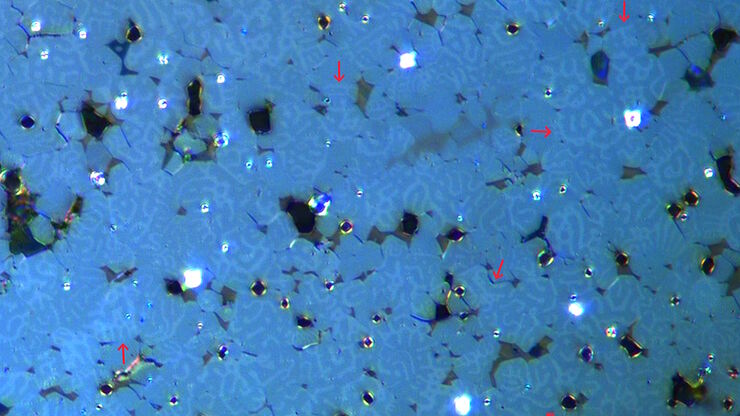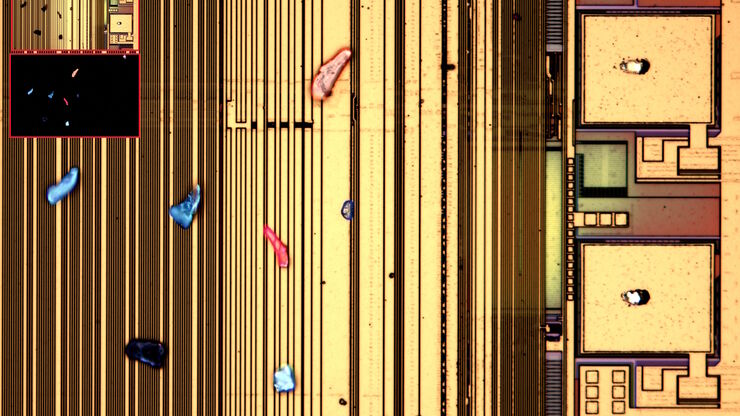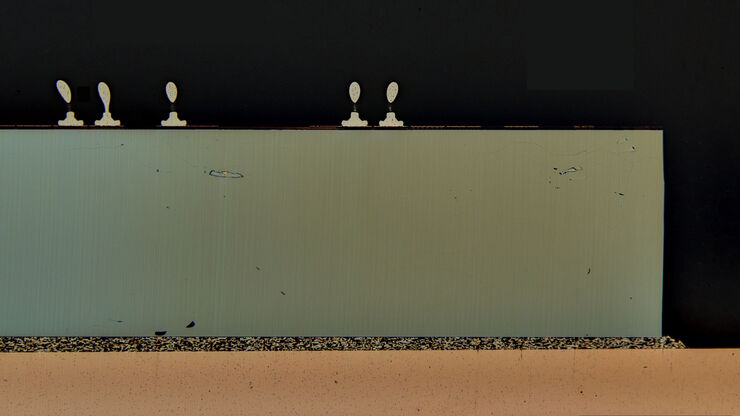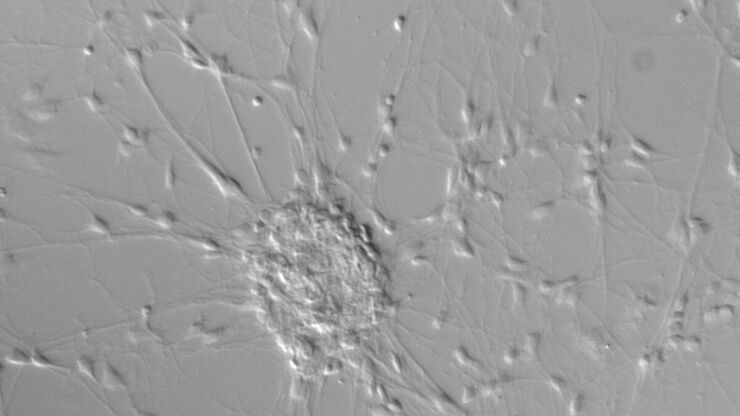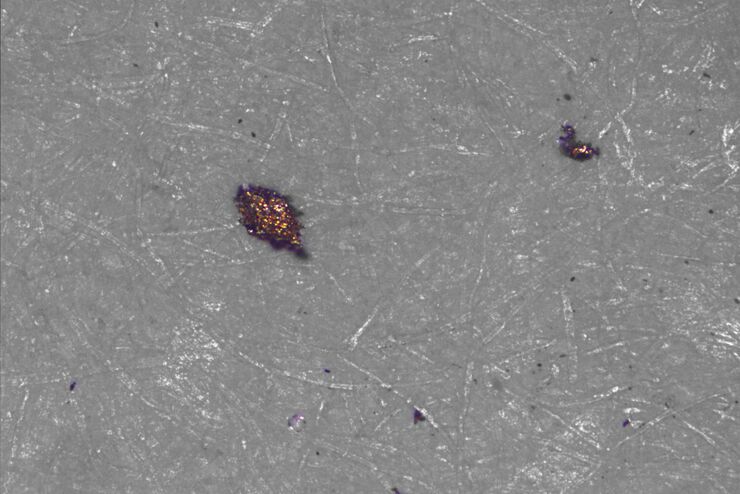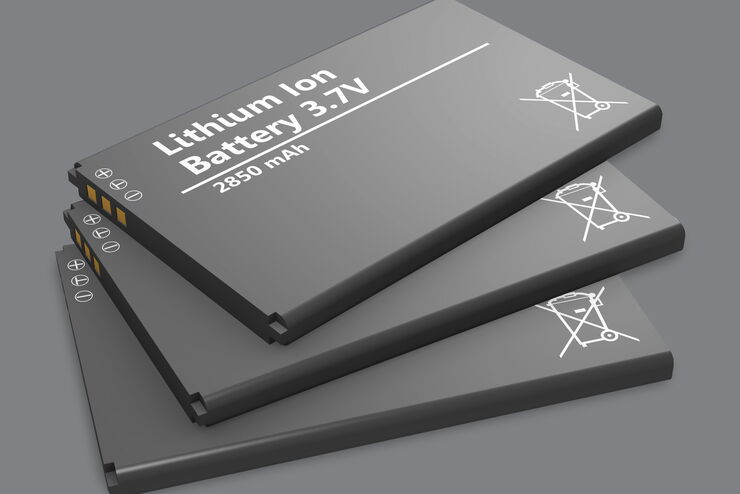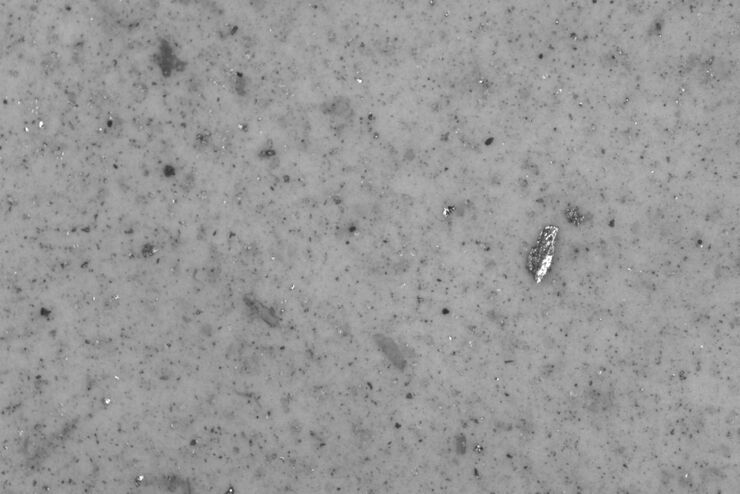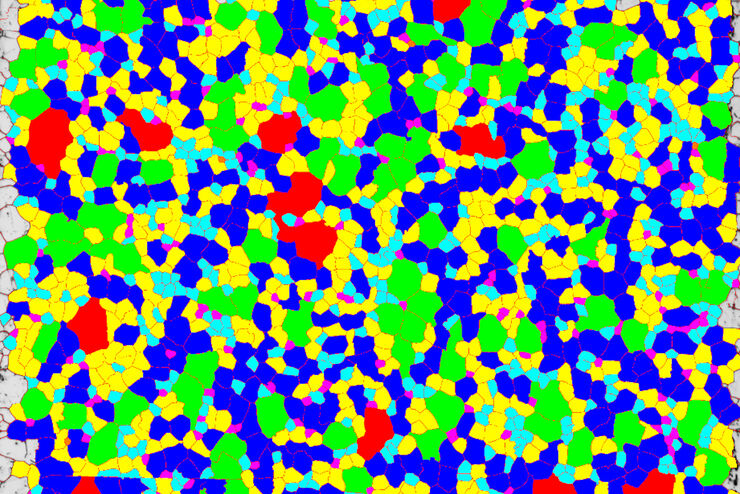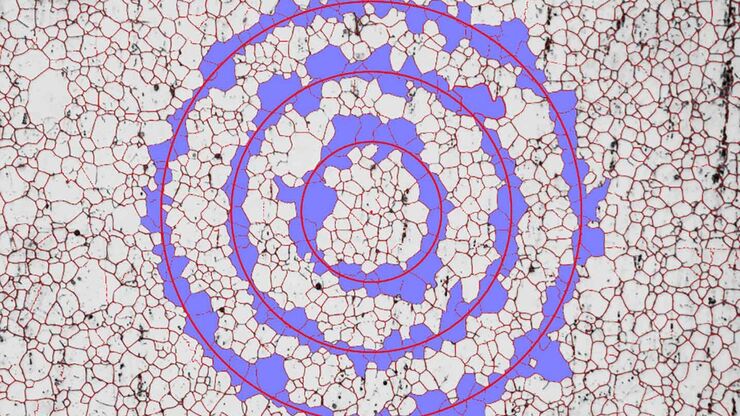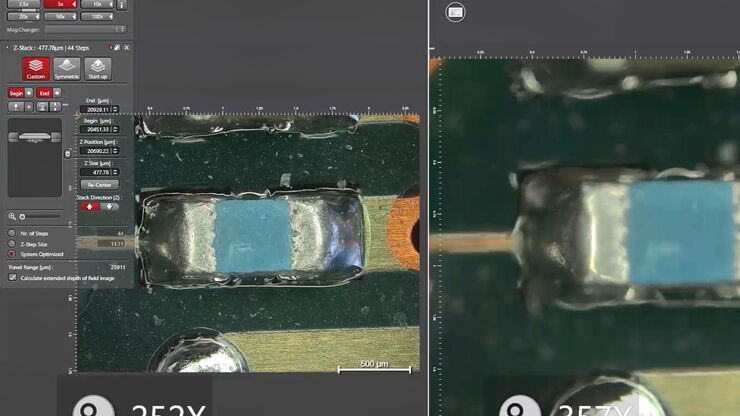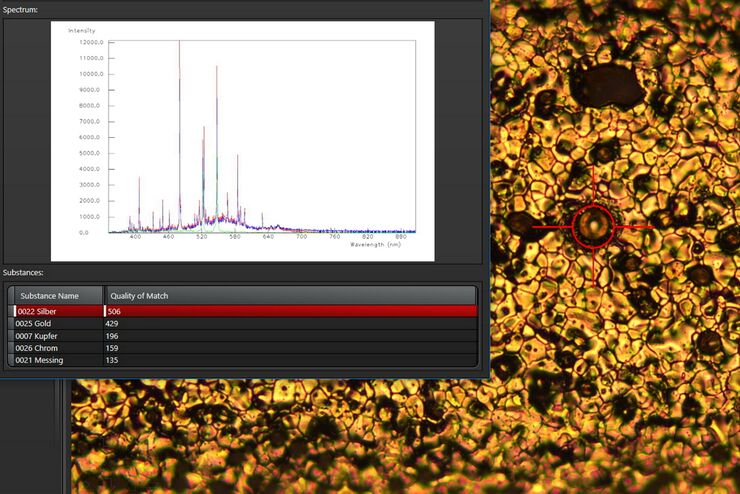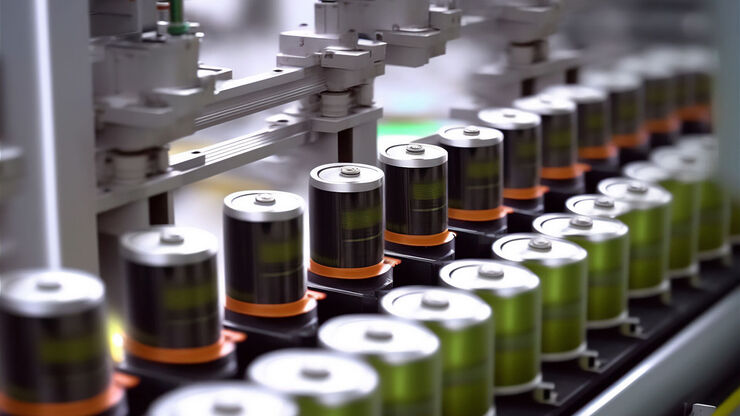Leica DM4 M & DM6 M
正立顕微鏡
光学顕微鏡
製品紹介
Home
Leica Microsystems
Leica DM4 M & DM6 M 正立金属顕微鏡
顕微鏡操作はワンボタン、観察条件記録で再現性の高い観察
最新の記事を読む
Rapidly Visualizing Magnetic Domains in Steel with Kerr Microscopy
The rotation of polarized light after interaction with magnetic domains in a material, known as the Kerr effect, enables the investigation of magnetized samples with Kerr microscopy. It allows rapid…
6-Inch Wafer Inspection Microscope for Reliably Observing Small Height Differences
A 6-inch wafer inspection microscope with automated and reproducible DIC (differential interference contrast) imaging, no matter the skill level of users, is described in this article. Manufacturing…
Visualizing Photoresist Residue and Organic Contamination on Wafers
As the scale of integrated circuits (ICs) on semiconductors passes below 10 nm, efficient detection of organic contamination, like photoresist residue, and defects during wafer inspection is becoming…
Key Factors for Efficient Cleanliness Analysis
An overview of the key factors necessary for technical cleanliness and efficient cleanliness analysis concerning automotive and electronics manufacturing and production is provided in this article.
Structural and Chemical Analysis of IC-Chip Cross Sections
This article shows how electronic IC-chip cross sections can be efficiently and reliably prepared and then analyzed, both visually and chemically at the microscale, with the EM TXP and DM6 M LIBS…
Differential Interference Contrast (DIC) Microscopy
This article demonstrates how differential interference contrast (DIC) can be actually better than brightfield illumination when using microscopy to image unstained biological specimens.
Factors to Consider for a Cleanliness Analysis Solution
Choosing the right cleanliness analysis solution is important for optimal quality control. This article discusses the important factors that should be taken into account to find the solution that best…
Efficient Particle Counting and Analysis
This report discusses particle counting and analysis using optical microscopy for cleanliness of parts and components. Particle counting and analysis is a critical part of quality assurance in the…
Quality Control Under the Microscope
Fast-rising demand for electric vehicles is one of the market’s main drivers, but there are other hotspots of growth, including the rise in renewable energy installations, such as photovoltaic panels,…
Cleanliness of Automotive Components and Parts
This article discusses the ISO 16232 standard and VDA 19 guidelines and briefly summarizes the particle analysis methods. They give important criteria for the cleanliness of automotive parts and…
How Industrial Applications Benefit from Fluorescence Microscopy
Watch this free webinar to know more about what you can do with fluorescence microscopy for industrial applications. We will cover a wide range of investigations where fluorescence contrast offers new…
Challenges Faced When Manually Rating Non-Metallic Inclusions (NMIs) to Determine Steel Quality
Rapid, accurate, and reliable rating of non-metallic inclusions (NMIs) is instrumental for the determination of steel quality. This article describes the challenges that arise from manual NMI rating,…
Inverted Microscopes for Grain Size Analysis: Three Factors to Consider
Microscopic steel grain size analysis is useful in determining the quality of steel alloys for a given purpose such as building bridges vs railroad rails. This webinar will describe the preparation of…
Top Issues Related to Standards for Rating Non-Metallic Inclusions in Steel
Supplying components and products made of steel to users worldwide can require that a single batch be compliant with multiple steel quality standards. This user demand creates significant challenges…
Rate the Quality of Your Steel: Free Webinar and Report
This webinar and report describe optimal microscopy solutions for rating steel quality in terms of non-metallic inclusions and reviews the various international and regional standards concerning…
Metallography – an Introduction
This article gives an overview of metallography and metallic alloy characterization. Different microscopy techniques are used to study the alloy microstructure, i.e., microscale structure of grains,…
How to Adapt Grain Size Analysis of Metallic Alloys to Your Needs
Metallic alloys, such as steel and aluminum, have an important role in a variety of industries, including automotive and transportation. In this report, the importance of grain size analysis for alloy…
How To Create EDOF (Extended Depth of Focus) Images
Watch this video to see how you can rapidly record sharp optical microscope images of samples with a large height variation. This is done with the optional Extended Depth of Focus (EDOF) function of…
See the Structure with Microscopy - Know the Composition with Laser Spectroscopy
The advantages of a 2-in-1 materials analysis solution combining optical microscopy and laser induced breakdown spectroscopy (LIBS) for simultaneous visual and chemical inspection are described in…
バッテリー製造
バッテリー製造には、検査に関するいくつかの主な課題があります。サンプル前処理と顕微鏡による外観検査および拡張分析用のソリューションが必要です。
金属組織学
ライカの金属顕微鏡は、金属、合金、その他の材料の微細構造解析のために最適化されています。
応用分野
自動車&輸送機器業界
ライカのインテリジェントなイメージングソリューションは、現在および将来のニーズに対応し、お客様は技術革新に集中することができます。
鋼品質評価
非金属介在物の評価の効率が向上し 、鋼の品質を短時間で検証できるため、信頼性の高い性能と長寿命を実現できます。 工業規格や鉄鋼規格がより厳格化し、国際、各国、組織の各規格に準拠した非金属介在物の厳格な評価が必要になっています。
科学捜査
確実に証拠を集める必要がある法科学者には、正確で高品質、精密で再現性の高い顕微鏡とイメージングシステムが必要です。 ライカマイクロシステムズは、測定・分析・結果の文書化に必要な、ルーチン機器から、フルオートの高性能機器まで全てサポートしています。
金属組織学
ライカの金属顕微鏡は、金属、合金、その他の材料の微細構造解析のために最適化されています。
清浄度評価
製品の機能と耐用期間は、粒子のコンタミネーションと関係し、粒子のコンタミネーションを定量的に検出することは、製造工程の改善につながります。
工業用光学顕微鏡
材料解析には、金属合金、半導体、ガラス、セラミック、プラスチック、ポリマーなど、さまざまな材料の画像処理、測定、分析のための顕微鏡ソリューションが必要です。
インダストリーマーケット別
稼働時間を最大化し、生産性向上により、お客様の収益に貢献します。ライカの顕微鏡(マイクロスコープ)ソリューションは、微細な異物や残渣なども見逃しなく、迅速かつ信頼性の高い分析、文書化、結果報告を実現します。ライカマイクロシステムズは、幅広いソリューションとエキスパートによるサポートを提供し、さまざまなアプリケーションのニーズにお応えします。
鉄鋼・金属
ライカの金属組織観察・分析ソリューションは、正確さと手軽さ、そしてスピード向上に寄与します
バッテリー製造
バッテリー製造には、検査に関するいくつかの主な課題があります。サンプル前処理と顕微鏡による外観検査および拡張分析用のソリューションが必要です。
